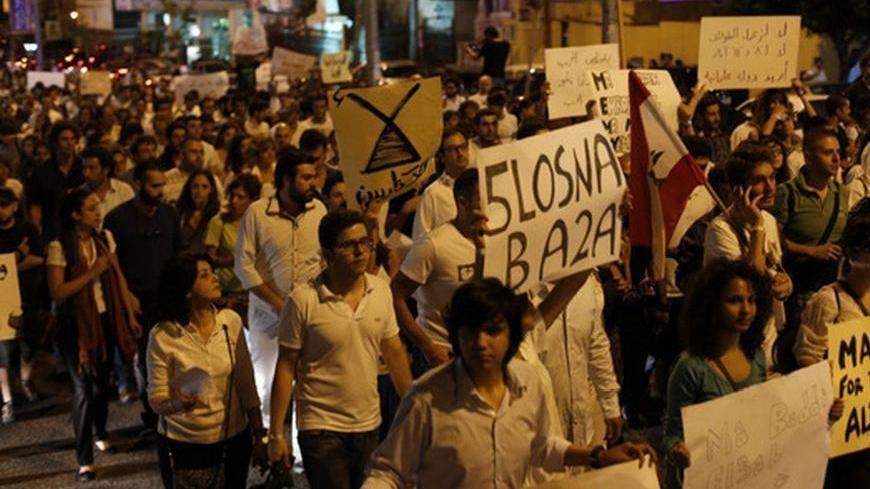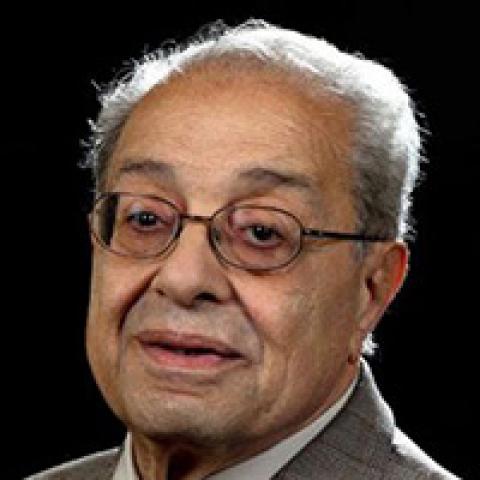What constituted the global “Third Force” in the aftermath of WWII developed from an Indian initiative (which it was able to make work) called “non-alignment.” Later, the three major pioneers of this policy were Egypt, Yugoslavia and, naturally, India. Simultaneously, liberation movements were achieving their independence in many regions across the world and played an important role in signaling to the two major powers, the US and USSR, that they could not monopolize the policy and decision-making of international relations.
In Lebanon today, a similar sort of scene is developing in the political arena. This is the formation of an internal political “Third Force,” which promises to prevent either of the two more powerful alliances, known as the March 14th and March 8th coalitions, from concentrating the policymaking in their hands. This emerging “Third Force” would block the two political alliances from exercising exclusive determination of Lebanon’s fate. The leading pillar of this “Third Force” is the president of Lebanon, the prime minister and the leader of the Socialist Progressive Party, Walid Jumblatt. This not only significantly reduces the chance of any serious confrontation, but it also enables new forces in Lebanon — especially in civil society — to remove the sense of vulnerability that regional turmoil has on the stability of Lebanon.



